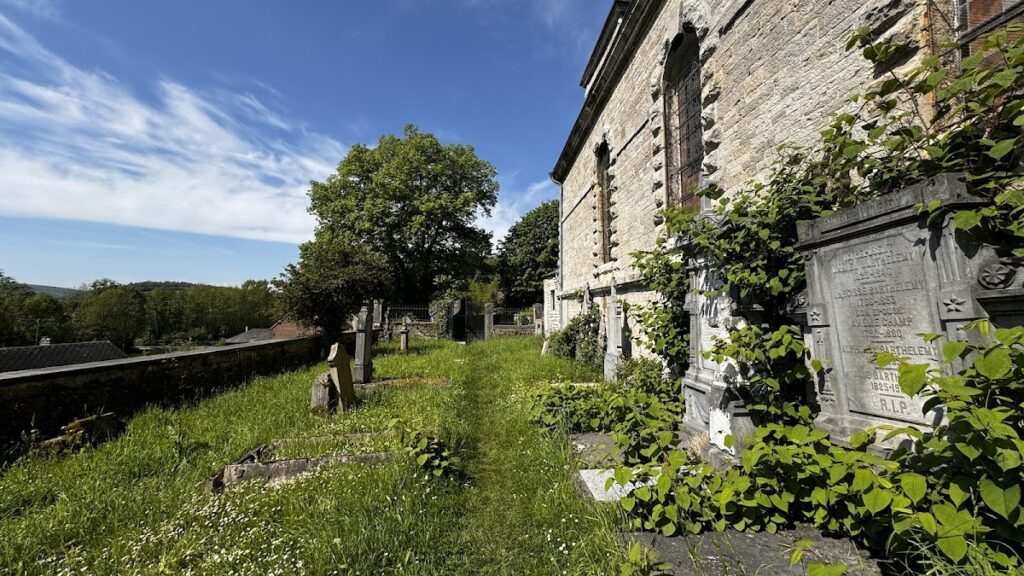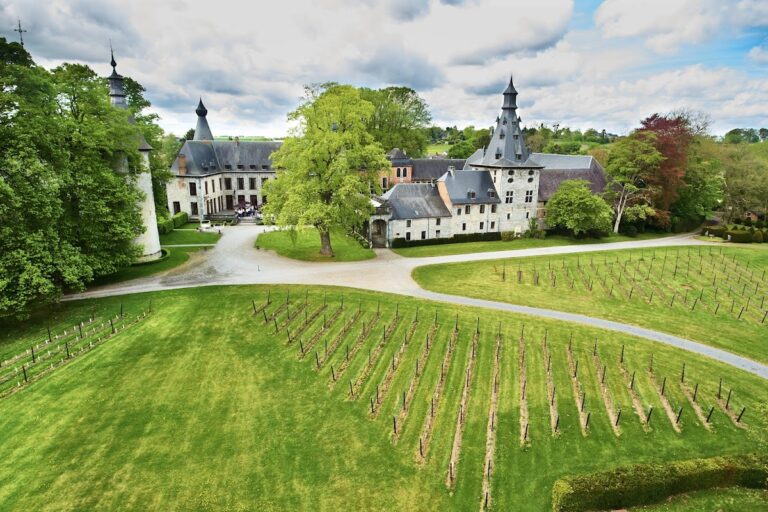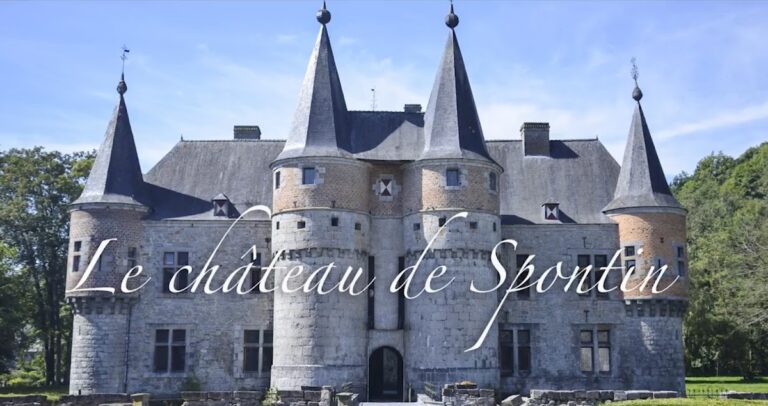Château de Hierges: A Historic Fortress in the Ardennes, France
Visitor Information
Google Rating: 3.9
Popularity: Very Low
Google Maps: View on Google Maps
Official Website: visitgrandest.com
Country: France
Civilization: Unclassified
Remains: Military
History
Château de Hierges is located in the municipality of Hierges, France, and was originally constructed by medieval civilization during the early Middle Ages. The site sits in the Ardennes region near the border between France and Belgium.
The castle’s origins trace back to a fortified site or castrum established in the 9th century. By the 10th century, the lordship of Hierges came under the control of the House of Ardenne, an influential noble family of that era. During the Crusades, the fortress played a strategic role and was linked closely to the Principality of Liège. At that time, it was known as Château de Jérusalem, reflecting connections to the Crusader states in the Holy Land.
In the 12th century, the fortress was destroyed, though later records show the site remained important to the region’s defenses. A prominent figure connected to the castle was Héribrand II de Hierges, who died in 1117. He married Hodierna of Rethel, sister of King Baldwin II of Jerusalem, linking the family to the Crusader kingdom. Their son, Manassès, served as Constable of the Kingdom of Jerusalem between 1144 and 1152, indicating the family’s continued influence in the Crusades. Mélusine and Albert II of Hierges are also historically associated with the castle.
The original medieval fortress suffered near-total destruction in the 16th century, likely due to conflicts or sieges common during that turbulent period in European history. Reconstruction began in 1560, and the castle was rebuilt in the Renaissance style, reflecting changes in architectural design and military technology. The renovations included enhanced comforts inside the castle as well as openings for firearms, making it better suited for contemporary warfare.
In the 18th century, further developments took place. Additional buildings, such as common structures and a dovecote, were added to the castle grounds, expanding its functional role beyond pure fortification. However, the late 18th century brought new upheaval when revolutionaries attacked the castle in 1792. The following year, on 18 November 1793, the site was destroyed by fire during these revolutionary conflicts.
Throughout its history, Château de Hierges controlled a key commercial route linking Saint-Quentin to Cologne and oversaw the strategic Meuse valley. Since the 20th century, it has remained under private ownership and was officially recognized as a historic monument on 30 December 1980, ensuring protection of its cultural heritage.
Remains
The surviving structures of Château de Hierges present a layout typical of medieval fortress design, adapted and expanded over several centuries. The castle’s defensive perimeter comprises curtain walls made of a combination of red brick and blue stone, materials commonly used in this region. These walls date from the 13th through the 16th centuries and remain partially ruined due to the damages suffered over the centuries.
Positioned along the curtain walls are three large round towers that served to flank and protect the castle’s defenses. Their circular forms helped deflect attacks and offered vantage points for defenders. These towers exhibit signs of wear but are still discernible in their original form. A fourth tower stands apart as a semi-circular, covered structure built entirely of blue stone sourced from Givet. Unlike the others, this tower remains habitable and is currently occupied by the castle’s owner.
The design of the towers incorporates gun openings—small apertures through which firearms could be fired—arranged carefully to enable protection by crossfire. This arrangement allowed defenders in one tower to cover adjacent towers, creating overlapping fields of fire to strengthen the castle’s security.
Among the window openings are some featuring cross mullions or transoms, which are architectural elements dividing the window panes into sections for structural support and decorative effect. These details correspond with the Renaissance remodeling phase when more attention was given to comfort and stylistic refinement alongside military capability.
The castle’s exterior gardens have been restored to reflect their appearance from the Renaissance period, though the exact layout and planting details derive from historical interpretations rather than archaeological data. The entire complex is located atop a rocky spur overlooking the Joncquière valley, providing a natural defensive advantage as well as commanding views of the surrounding landscape near the Franco-Belgian border.
Together, the remaining walls, towers, and garden restorations offer a glimpse into the evolution of Château de Hierges—from its medieval military origins through Renaissance transformation to its status as a protected heritage site today.










